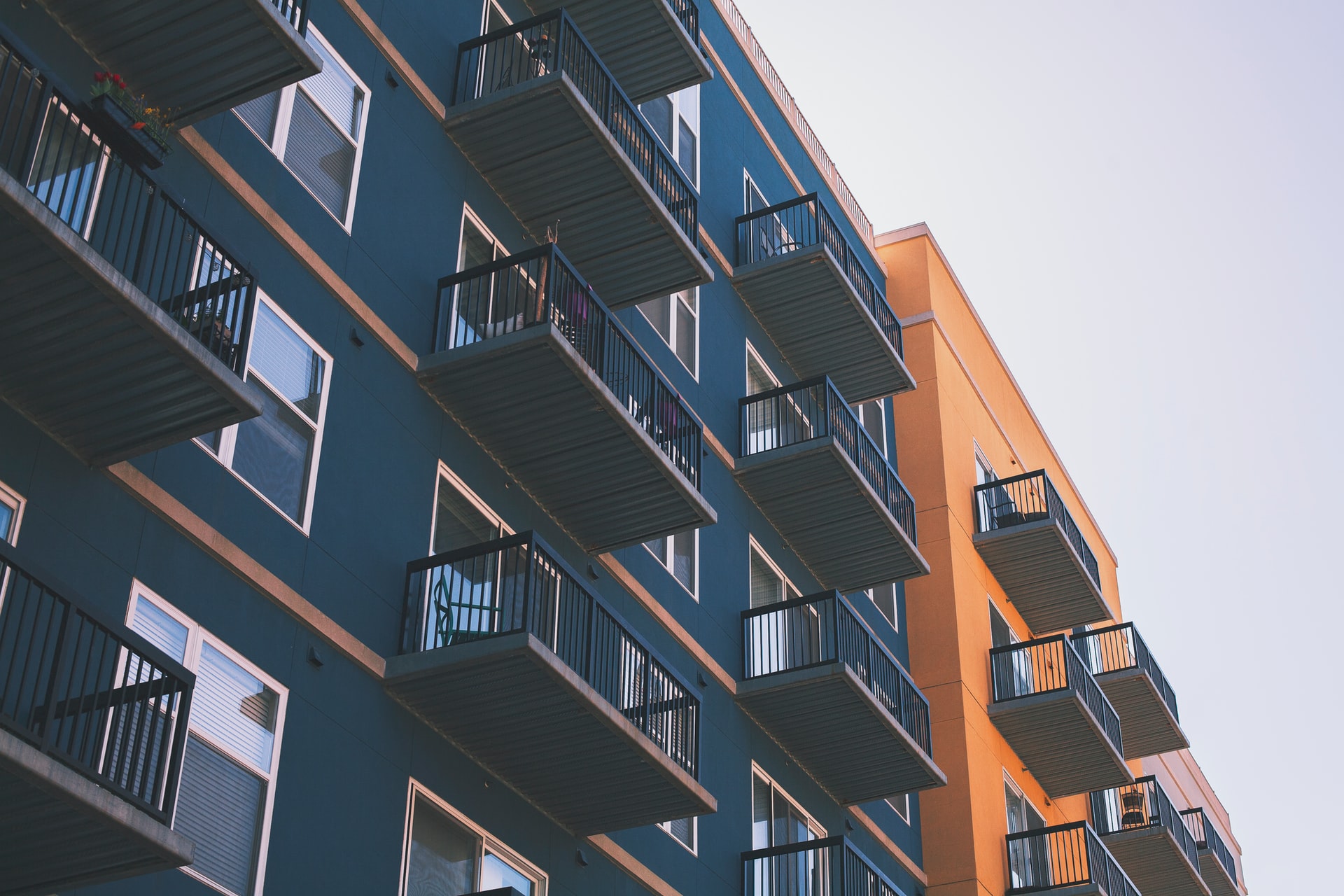Understanding Multi-Family Homes: Types, Benefits, and How to Get Started

Introduction to Multi-Family Homes
A multi-family home refers to a single building or a complex that contains multiple separate living units for more than one household. Unlike single-family homes, where only one family occupies the property, multi-family homes allow two or more families to reside independently, each with their own living spaces, entrances, kitchens, and bathrooms [1] . Multi-family homes range from duplexes and triplexes to larger apartment buildings and condominium complexes [2] .
Types of Multi-Family Homes
Multi-family housing encompasses a variety of formats, each catering to different needs and preferences. Understanding these types will help you determine which fits your goals, whether as a resident or investor.
Duplexes, Triplexes, and Fourplexes
A duplex features two separate units within one building. Each unit typically has its own entrance, kitchen, and bathroom. Triplexes and fourplexes extend the concept, offering three or four units, respectively. These smaller multi-family properties are popular among first-time real estate investors and families seeking proximity while maintaining privacy [2] .
Apartment Buildings
Apartment buildings
are larger multi-family structures, often containing dozens or hundreds of units. They may be low-rise (
garden apartments
) or high-rise complexes. Residents generally share amenities such as laundry rooms, parking, or recreational spaces. Apartment buildings are typically owned by investors or companies, with units rented to tenants
[4]
.
Townhomes and Semi-Detached Houses
Townhomes are multi-story dwellings attached to neighboring units, often sharing one or more walls. Owners purchase individual units; shared amenities or green spaces may be available. Semi-detached houses are single-family homes attached to another home, sharing a wall but maintaining separate living quarters [5] .
Benefits of Multi-Family Homes
Multi-family homes offer substantial advantages for residents and investors alike. Here’s how you can benefit:
For Residents
Affordability: Multi-family housing can provide more affordable living options, especially compared to single-family homes in high-demand areas. Shared walls and amenities often reduce maintenance and utility costs.
Community: Living close to neighbors fosters a sense of community, with shared spaces and opportunities for social interaction. This is particularly valuable for extended families who wish to remain close while maintaining independence [4] .
For Investors
Income Generation: Multi-family properties allow owners to generate rental income from multiple units, often making them a preferred choice for both novice and experienced real estate investors. Owners can live in one unit and rent out the others, offsetting mortgage and maintenance expenses [1] .
Risk Diversification: Having multiple units means that vacancy in one does not eliminate all rental income, reducing overall investment risk.
Tax Benefits: In many communities, the presence of multi-family housing can positively affect property tax rates and offer fiscal externalities [3] .
Challenges and Considerations
While multi-family homes can be rewarding, there are important challenges to consider:
Management Complexity: Owning and managing a multi-family property is more complex than a single-family home. Owners must address tenant needs, maintenance across multiple units, and comply with housing regulations.
Financing: Traditional mortgages are available for two- to four-unit properties. Larger buildings typically require commercial loans, which can involve stricter qualifying criteria and higher down payments [5] .
Market Demand: Investors should research local demand for multi-family rentals and compare it to single-family properties. Factors such as location, amenities, and community trends influence profitability.

Source: breakwaterinspections.biz
How to Access Multi-Family Homes
Whether you are seeking to buy, rent, or invest in a multi-family property, follow these step-by-step instructions:
For Buyers and Investors
1. Define Your Goals: Decide if you want to live in one unit and rent out the others, or purchase the property strictly as an investment.

Source: pacificimagehomedesigns.com
2. Research the Market: Use online real estate platforms (such as Realtor.com, Zillow, or Redfin) to search for multi-family homes in your desired area. Filter by property type (duplex, triplex, etc.) and compare pricing, amenities, and neighborhood data.
3. Contact a Real Estate Agent: Work with an experienced agent familiar with multi-family properties. They can help you navigate listings, schedule viewings, and prepare competitive offers.
4. Assess Financing Options: For properties with up to four units, contact banks or mortgage lenders for conventional loans. For larger buildings, inquire about commercial loans and consult with a financial advisor to assess your capacity and risk tolerance [1] .
5. Inspect the Property: Arrange professional inspections for all units. Evaluate structural integrity, maintenance needs, and compliance with local codes.
6. Review Local Regulations: Consult municipal housing departments for zoning laws, permit requirements, and tenant regulations. Compliance is crucial for long-term success.
For Renters
1. Identify Desired Features: Determine your preferred unit size, amenities, and location.
2. Search for Multi-Family Rentals: Use trusted rental platforms (such as Apartments.com, Rent.com) or consult local property management companies for available units.
3. Tour Available Properties: Visit multiple units to compare layouts, amenities, and community atmosphere.
4. Review Lease Terms: Carefully examine rental agreements for details on rent, utilities, shared spaces, and maintenance responsibilities.
Alternative Approaches and Additional Resources
If you are unable to find suitable multi-family homes through traditional real estate channels, consider these alternatives:
Intentional Communities: Cohousing projects and intentional communities often incorporate multi-family residences, offering shared amenities and collaborative living arrangements [3] .
New Construction: Some developers specialize in building new duplexes, triplexes, or apartment buildings. Contact local developers or search for new housing projects in your area.
Government Programs: For affordable multi-family housing opportunities, contact your local housing authority or search for HUD-supported multi-family rental programs through official government resources. You can also explore state and municipal programs supporting affordable housing development.
Potential Challenges and Solutions
Multi-family property owners may face issues such as tenant disputes, maintenance emergencies, or fluctuating rental demand. To mitigate these challenges:
Hire Property Management: Consider partnering with a professional property management company to handle tenant relations, maintenance, and regulatory compliance.
Establish Clear Policies: Create transparent lease agreements and property rules to minimize conflicts and ensure smooth operations.
Invest in Upgrades: Regularly update units and shared spaces to attract quality tenants and increase property value.
Summary and Key Takeaways
Multi-family homes provide flexible living and investment opportunities, catering to diverse needs. With careful research, proper planning, and informed decision-making, both residents and investors can benefit from the unique advantages these properties offer. If you’re interested in exploring multi-family home options, start by researching local listings, consulting real estate professionals, and evaluating financing and management strategies. For affordable housing assistance, reach out to your local housing authority or search for official HUD programs.
References
- [1] Bankrate (2025). What Is A Multi-Family Home? What To Know Before Buying.
- [2] Property Inspect (2023). What is multifamily housing and what are the benefits?
- [3] Wikipedia (2006). Multifamily residential.
- [4] BMG Boston (2024). What Is A Multi-Family Home? A Complete Guide For Beginners.
- [5] Rocket Mortgage (2024). What is a multifamily home and is it right for you?






